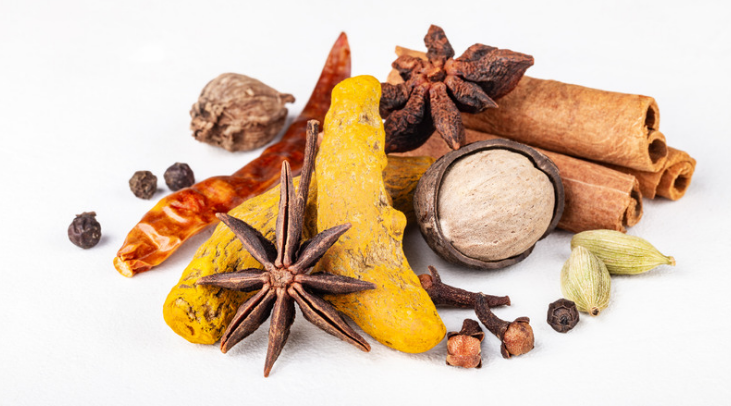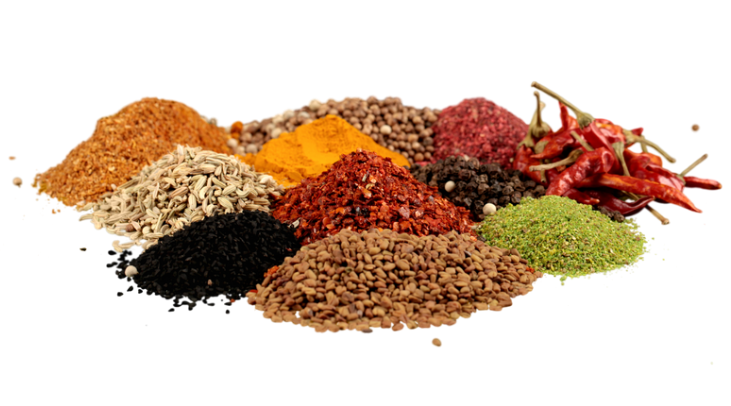Indian spices are famous for their strong flavors, fragrant aromas, and adaptability in cooking. While they have enchanted countless individuals in India, they have also found their way into kitchens around the globe. From green chilies to ginger, these spices contribute significantly to culinary practices worldwide. So, why do global consumers favor these spices? Let’s delve into the factors that contribute to their widespread popularity with freshhly picked.
1. Distinctive and Powerful Flavors
One key reason international customers are drawn to Indian spices is their capability to impart unique and intense flavors to dishes. Spices such as green chilies, cumin, cardamom, and turmeric possess a flavor profile that distinguishes them from other spices globally. Green chilies, for example, deliver a fresh, spicy kick that livens up any meal, balancing the richness of curries and gravies while enhancing the taste of stir-fries and salads.Ginger, another vital ingredient in Indian cuisine, offers a tangy warmth combined with a touch of sweetness. Its versatility in both savory and sweet dishes makes it a prized asset in international cooking. The richness of these flavors is what makes Indian spices highly desirable among chefs and home cooks.
2. Health Advantages
In addition to their flavor, many Indian spices also provide notable health benefits, boosting their global appeal. For instance, ginger is recognized for its anti-inflammatory properties, aiding digestion, and strengthening the immune system, often used to mitigate nausea and enhance gut health.Similarly, turmeric, a fundamental spice in Indian cooking, contains curcumin, which is celebrated for its antioxidant and anti-inflammatory qualities. As more people worldwide seek natural health remedies, Indian spices like these have become integral components of modern kitchens, valued not only for their taste but also for their health benefits.
3. Adaptability Across Cuisines

Indian spices are remarkably versatile, making them suitable for a variety of cuisines beyond just Indian fare. Green chilies and ginger, in particular, feature prominently in Asian, Middle Eastern, and even Western recipes. Whether in Chinese stir-fries, Mexican salsas, or Mediterranean dishes, incorporating Indian spices adds a unique richness that elevates the meal.For example, green chilies are essential in “Sichuan cuisine”, while ginger is crucial in “Thai curries”, “Japanese pickles”, and even “American gingerbread”. As global connectivity through travel and the internet increases, the appreciation for Indian spices’ ability to enhance various cuisines grows, making them staples in kitchens far from India.
4. Exotic Charm
Indian spices provide an exotic flair to cooking, appealing to consumers eager to explore diverse flavors and culinary techniques. The deep history and cultural relevance attached to these spices add an adventurous element to the cooking experience. From the fiery bite of green chilies to the earthy notes of cumin and coriander, these spices allow cooks to indulge in the vibrant essence of India without leaving home.Additionally, as Indian cuisine garners more appreciation globally, with its complex flavors and deep-rooted traditions, people are increasingly motivated to create these dishes at home. Using authentic Indian spices is essential for achieving the genuine taste of Indian cuisine, further driving their demand.
5. Widespread Availability
The globalization of trade and the Indian diaspora have made Indian spices easily accessible worldwide. Whether through major supermarkets, online platforms, or local ethnic markets, high-quality Indian spices can be found in almost every part of the world. This ease of access enables anyone interested in experimenting with Indian flavors to do so effortlessly.As a result, spices like green chilies and ginger have seamlessly integrated into kitchens of various cultural backgrounds, allowing people to enjoy traditional Indian flavors and explore new culinary horizons.
6. Rich Culinary Heritage

Indian cuisine boasts a rich and varied tradition of spice blending, known as “masala”. Indian masalas often incorporate ingredients such as cumin, coriander, fennel, turmeric, along with green chilies and ginger. These expertly crafted spice blends are designed to achieve harmony in flavor and aroma.For international consumers, utilizing these traditional spice blends presents a means to replicate authentic Indian dishes at home. It’s not merely about adding spice; it’s about engaging with culinary practices that have evolved over centuries.
7. Sustainability and Natural Ingredients
With an increasing emphasis on sustainability and natural ingredients, Indian spices align well with this shift. Many spices are cultivated through traditional, organic farming methods, making them an attractive option for health-conscious consumers. Furthermore, spices like ginger and green chilies thrive in tropical and temperate climates, enhancing their appeal with an eco-friendly perspective.The desire for clean, natural, and sustainable ingredients resonates with the growing popularity of Indian spices, especially among those who prioritize ethical and environmentally responsible food sources.
With their unique flavor profiles and numerous health benefits, Indian spices such as green chilies and ginger have become cherished staples in kitchens across the globe. Their versatility allows for incorporation into various cuisines, while their exotic allure and connection to India’s rich culinary history create an exciting experience for international consumers. Whether for flavor enhancement or health improvement, Indian spices now hold a vital place in kitchens worldwide, offering a harmonious blend of tradition, health, and innovation in cooking.

